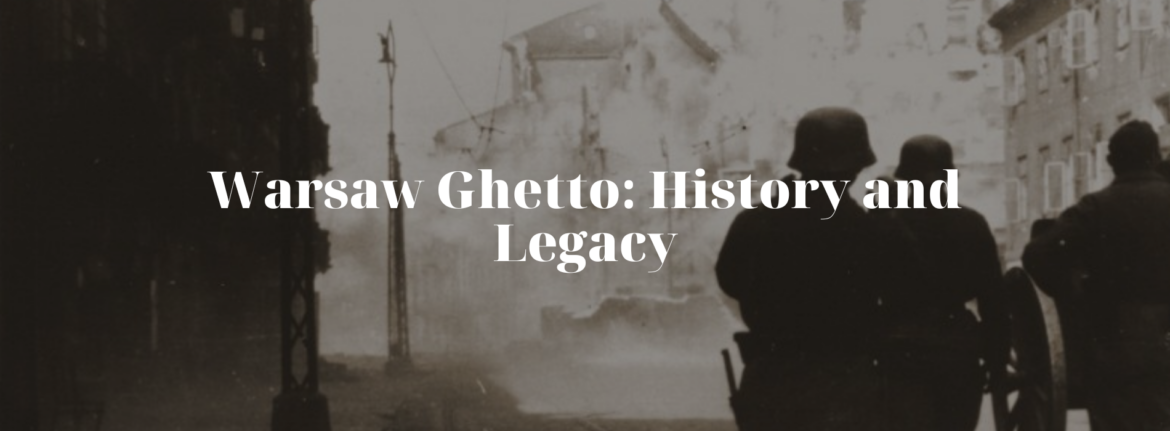The Warsaw Ghetto, established during World War II by Nazi Germany, stands as a poignant symbol of Jewish suffering, resilience, and resistance under unimaginable conditions.
Background and Establishment
Before World War II, Warsaw was home to a large Jewish population, predominantly residing in districts such as Muranów, Powązki, and Stara Praga. Following the Nazi invasion of Poland in September 1939, Warsaw experienced heavy air attacks and artillery bombardment, leading to significant destruction and loss of life.
In October 1940, the Nazis decreed the establishment of the Warsaw Ghetto, forcing over 400,000 Jews to live in a small, segregated area. This ghetto, enclosed by a 10-foot-high wall topped with barbed wire, was characterized by extreme overcrowding, with an average of over 7 people per room. The ghetto’s population, which was initially about 30% of Warsaw’s population, was now crammed into just 2.4% of the city’s area.
Conditions in the Ghetto
Life in the ghetto was marked by severe hardships. The residents faced starvation, exposure, and infectious diseases. Food allotments provided by the German authorities were grossly insufficient, leading to widespread hunger and a high death rate due to starvation and disease. Between 1940 and mid-1942, approximately 83,000 Jews died in the ghetto due to these appalling conditions.
Resistance and Uprising
The most notable event in the history of the Warsaw Ghetto is the Warsaw Ghetto Uprising of 1943. This act of resistance began on April 19, 1943, when SS and police units entered the ghetto to commence its liquidation, intending to transport the remaining inhabitants to concentration camps. However, they were met with unexpected armed resistance from Jewish fighters, including groups like the Jewish Combat Organization (ŻOB) and the Jewish Military Union (ŻZW). Despite being vastly outnumbered and outgunned, approximately 700 Jewish fighters bravely resisted the Nazi forces for nearly a month. The uprising was eventually crushed by the Nazis on May 16, 1943.
Legacy and Remembrance
The Warsaw Ghetto Uprising has become a powerful symbol of Jewish resistance and defiance against Nazi oppression. It inspired other acts of resistance throughout German-occupied Europe. The uprising is commemorated annually on the Days of Remembrance, around April 19, honoring the bravery of its participants and the memory of the Holocaust victims.
The uprising and the overall history of the Warsaw Ghetto are remembered not only as a tragic episode of the Holocaust but also as a testament to human resilience in the face of extreme adversity. Personal stories from the ghetto highlight the courage, sacrifice, and resilience of those who lived and fought during this dark chapter in history.
Eight decades on, the legacy of the Warsaw Ghetto Uprising remains an essential part of Holocaust remembrance, serving as a poignant reminder of the atrocities that occurred and the importance of ensuring such events never happen again.
